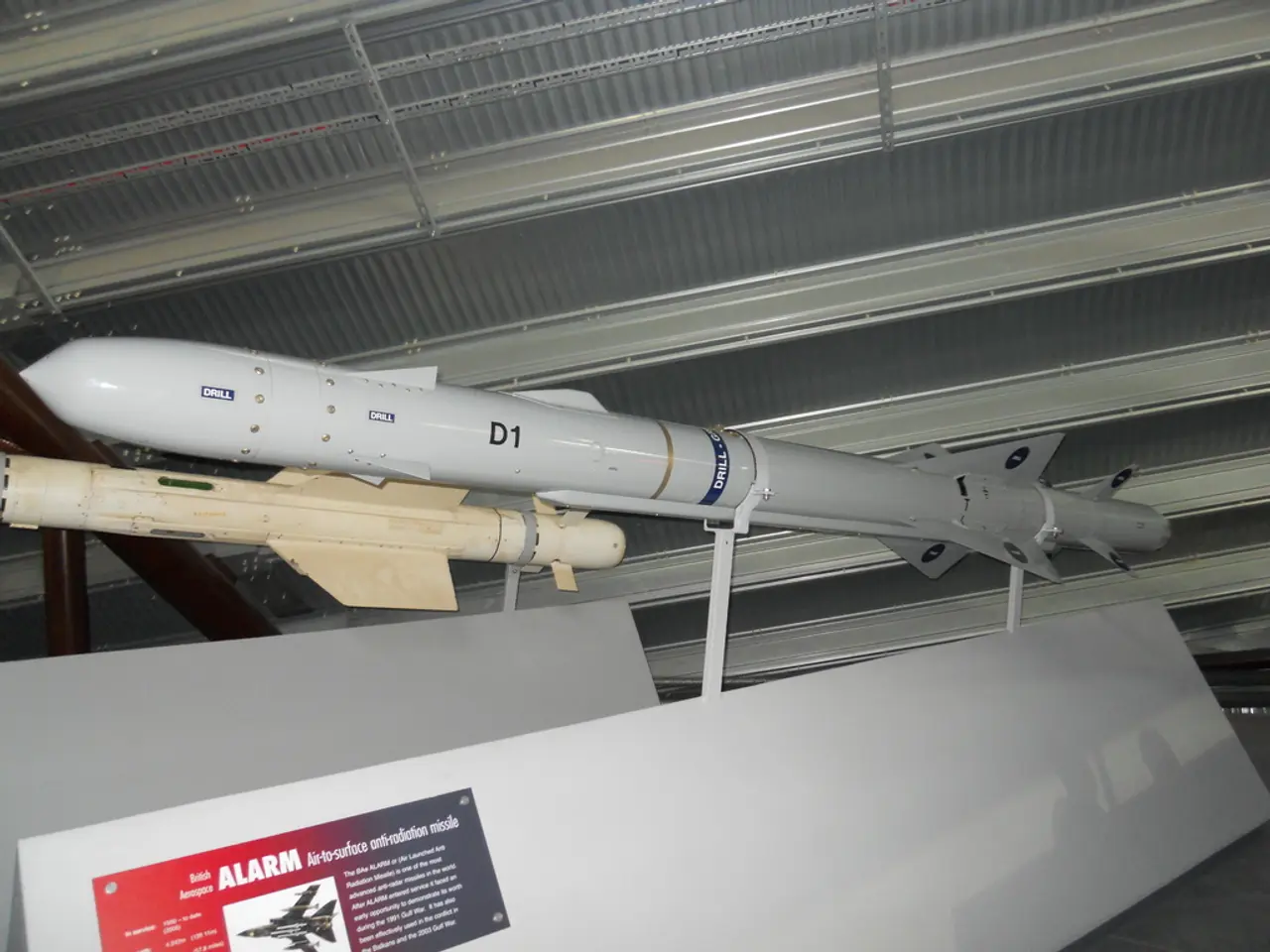U.S. nuclear submarines move nearer to Russian borders under Trump's command
In the midst of a highly adversarial and tense political relationship between the United States and Russia, recent events have escalated tensions even further. The ongoing conflict in Ukraine and security concerns dominate the narrative, with both nations taking strong measures against each other[1][2][3].
The catalyst for the latest escalation was a repositioning order for two U.S. nuclear submarines, issued by former President Donald Trump, in response to statements made by Dmitry Medvedev, the former Russian President and current Deputy Chairman of Russia's Security Council[2]. Medvedev had warned that the Ukraine war could escalate into armed conflict between Russia and the U.S.
Trump's decision to move the submarines closer to Russia was a clear demonstration of U.S. military readiness and deterrence capability against any potential Russian aggression[2]. The move occurred amid other escalating tensions, including Trump's pressure on India, a large buyer of Russian oil and military equipment, through tariffs and sanctions to dissuade its support for Russia in the Ukraine war[3].
Meanwhile, the Kremlin continues to assert its military strength, including the recent deployment of hypersonic missiles claimed to be invulnerable to current NATO air defenses[2]. Medvedev, known for his provocative and inflammatory statements during the war in 2022, responded to Trump's warnings by stating that Russia is right on everything and will continue to go its own way[4].
Trump, however, expressed hope that Medvedev's words would not lead to unintended consequences. The order comes at a delicate moment in the Trump administration's relations with Moscow, with US President Donald Trump's Special Envoy to the Middle East Steve Witkoff heading to Russia to push for a ceasefire in Russia's war with Ukraine and threats of new economic sanctions if progress is not made[5].
Medvedev, who was Russia's president from 2008 to 2012, during which Putin was barred from seeking a third consecutive term and stepped aside to let Putin run again, made a new statement online, saying "Trump's playing the ultimatum game with Russia: 50 days or 10" and adding "He should remember 2 things: 1. Russia isn't Israel or even Iran. 2. Each new ultimatum is a threat and a step towards war. Not between Russia and Ukraine, but with his own country."[6]
Despite the escalating tensions, it is not clear what impact Trump's order will have on US nuclear subs, which are routinely on patrol in world hotspots[7]. Trump wrote on social media that the order was given "just in case" Medvedev's statements were more than just rhetoric[8].
In summary, the U.S.-Russia relationship in mid-2025 is characterized by enduring rivalry and conflict risks, notably over Ukraine[1][2]. There is a persistent competitive and confrontational setup with little indication of near-term détente or de-escalation, as shown by U.S. military signaling, economic pressure, Russian military buildup, and rhetoric[2][3][4].
- The ongoing tensions between the United States and Russia in the midst of war-and-conflicts, such as the ongoing conflict in Ukraine, are influenced by politics, evident in measures taken by both nations and statements from key figures like Dmitry Medvedev and Donald Trump.
- Other components of general-news, such as trade relations, have also contributed to escalating tensions, with examples including Trump's pressure on India through tariffs and sanctions to dissuade its support for Russia in the Ukraine war.







